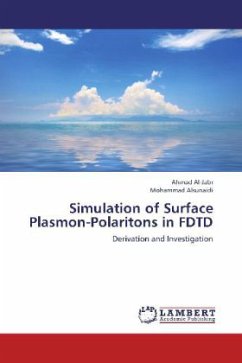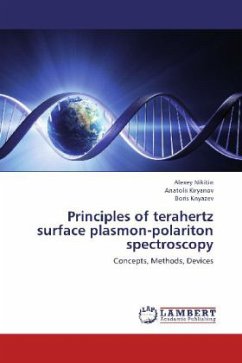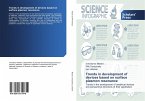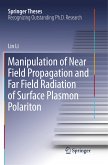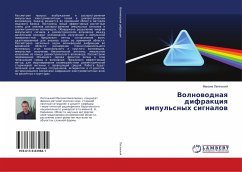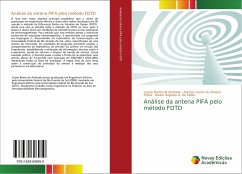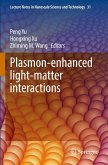Surace Plasmon-Polaritons (SPPs) are special form of electromagnetic (EM) waves that propagate in metallic nano-structure where EM waves can't propagate, overcoming the diffraction limit. Because of that, SPPs draw much attention of researchers from theoretical and experiential point of view. The finite difference time-domain (FDTD) is numerical method that is extensively used to simulate and study SPPs. In this book, The simulation of SPPs is explained step by step. Starting with Maxwell's equation, a new algorithm is derived and implemented. This algorithm is capable of handling many dispersion relations used to model metal in FDTD like Drude, Lorentze and Debye models. The algorithm can handle single-pole and multi-pole dispersion relations in the same manner. Due to the generality of this algorithm we called it the general algorithm. it is tested against analytical results and proved excellent accuracy. The algorithm is then used to simulate propagation of SPPs in metal usingdifferent models. Also, different structures and different cases were studied.
Bitte wählen Sie Ihr Anliegen aus.
Rechnungen
Retourenschein anfordern
Bestellstatus
Storno

